
1936
Ivan Marchuk
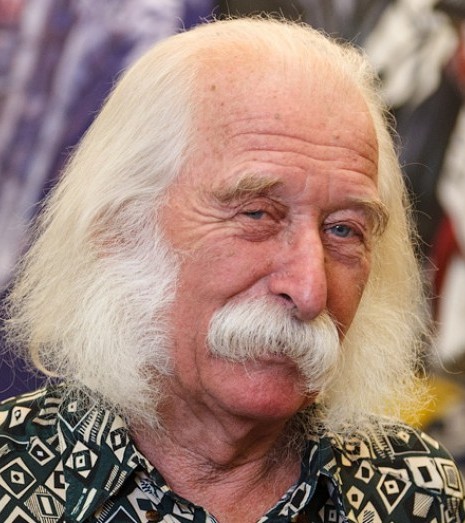
description
A Ukrainian painter, innovator, as well as a master of ceramics and People’s Artist of Ukraine, a winner of the main creative award of the country – the National Shevchenko Prize. He was included in the rating of the British newspaper «The Daily Telegraph» as one of 100 geniuses of modernity, one of the members of the Golden Guild, where the Roman International Academy of Modern Art included only 51 artists of the world, an honorary member of the scientific council of this academy. The master is an honorary citizen of the cities of Ternopil (the artist’s birthplace) and Kiev, where he currently lives and works.
He first used his innovative technique “Pliontanism” (from the Ukrainian dialect word “weave”) in the landscape genre in 1972. Subsequently, the technique acquired the status of the author’s creative method and, in combination with the original system of the artist’s worldview, made an inimitable, immediately distinguishable style of the artist, who is called a living genius throughout the world.
The themes of the most titled of Ukrainian artists living in the beginning of the 21st century are very diverse, ranging from folklore and biblical myths to the most modern ideas. No less striking is the range of stylistics and genres – from hyperrealism of portraits and landscapes to completely abstract canvases.
Ivan Marchuk has already created more than 5,000 paintings, now divided into 11 main cycles. The artist who lived one year in Australia and Canada and 11 years in America held more than 120 personal exhibitions all over the world and participated in numerous collective exhibitions. About two thousand works of Marchuk are in the collections of museums and private galleries of five continents of the world.
Key ideas:
– One of the characteristic features of Marchuk’s art is the love for real nature. The artist who started to draw early (not having pencils, he painted flowers using juice of real flowers) and became famous in the future got carried away with the paintings by Shishkin. He wandered tirelessly around the neighborhood, searching for unique landscapes.
– A way of expressing personal worldview invented by the early 1970s was embodied in polythematic and polystylistic cycles, the first of which Marchuk named “The Voice of My Soul”. Those, by the author’s definition, were “wise pictures”. This is why the author was convinced that a deep philosophical meaning could not be painted in red, yellow and blue colors, because the color takes a lot. The artist wanted the viewer to unravel the idea, without being distracted by colors. As a result, his entire early period is monochromatic.
– Marchuk is the founder of a new art style, which absorbed pointillism, divisionism and analytical art. Once the definition of “Pliontanism” given as a joke became a term used by art experts and means applying paints in very thin colorful lines, which intertwine at different angles, causing the effect of volume, translucence and luminescence. The technique balances on the verge of technological and man-made and is distinguished by its delicate execution and, therefore, laboriousness. According to the author, it is impossible to copy.
– The range of painting styles that went through Marchuk’s original worldview prism is phenomenal: from Primitivism (there are clear signs of archetypal) to Hyperrealism, from Expressionism, including Abstract, to Surrealism, sometimes also Abstract. The Ukrainian genius, maneuvering proportions and forms, rhythm and color, works, as he claims, in his subconsciousness, and therefore affects the viewer’s subconsciousness.
1936
1951
1965
1979
1984
1989
1990
1994
1997
2001
2006
2007
The birth of the artist
He entered the Lviv School of Applied Arts named after Ivan Trush
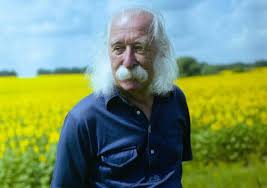
Was sent to work as an artist at the Kiev Institute of superhard materials
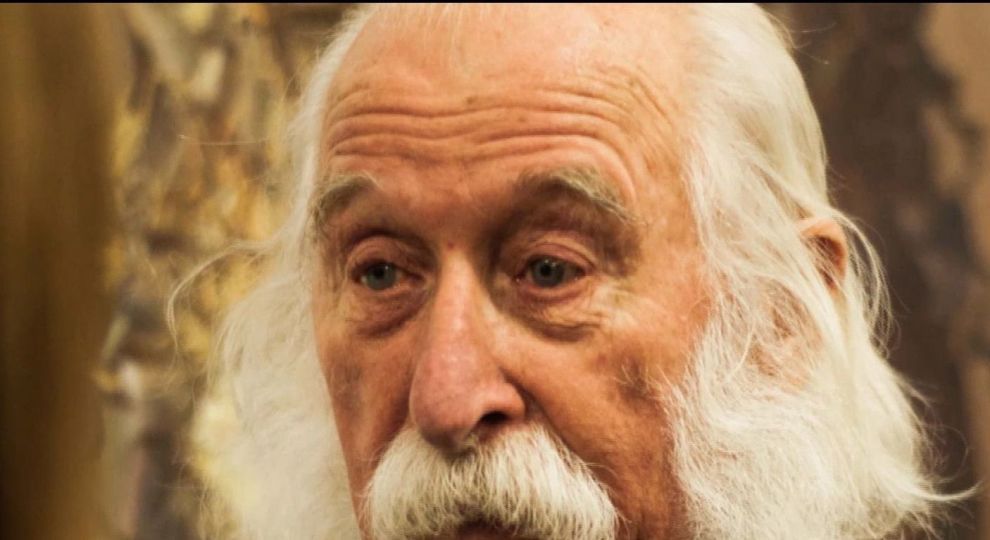
The first personal exhibition
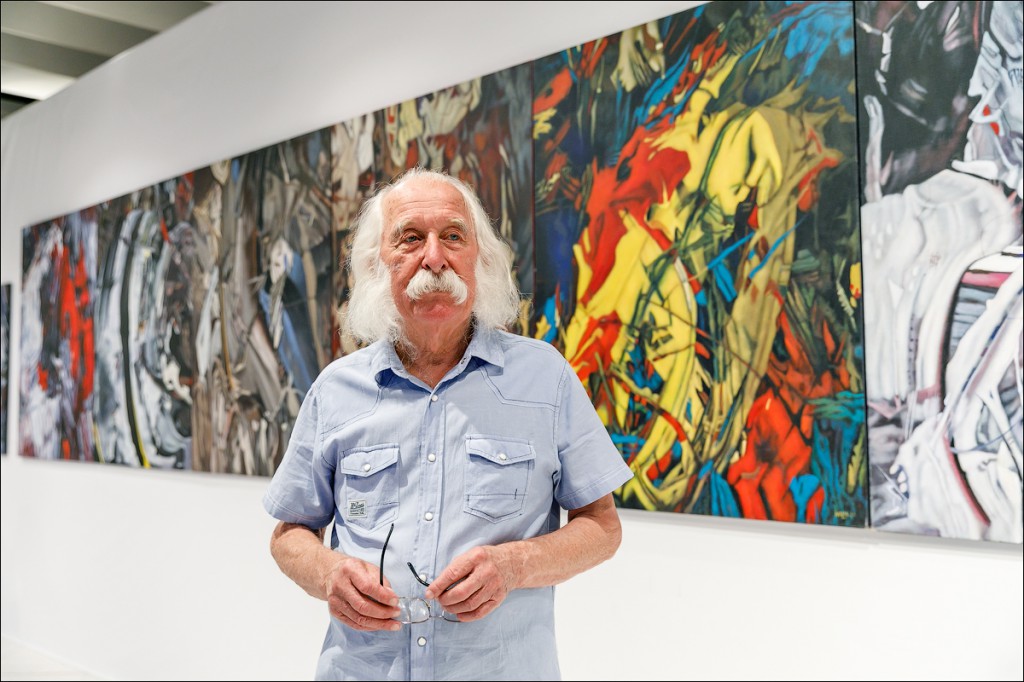
Completed a series of 42 paintings "Shevchenkiana"
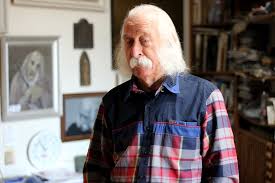
Left the country
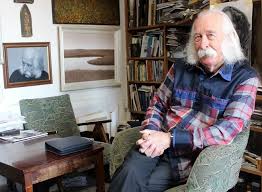
Visited Ukraine
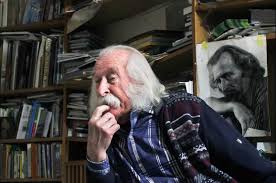
"Kobzar" by Taras Shevchenko with illustrations by Ivan Marchuk
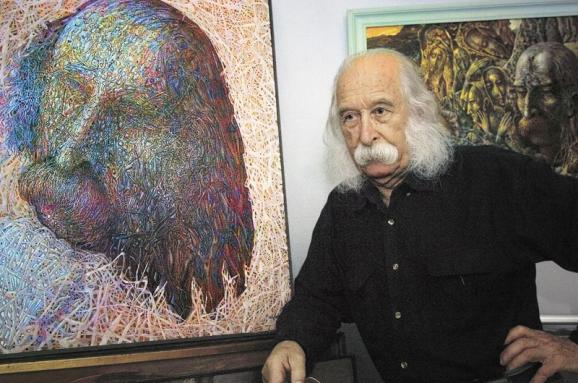
The artist became the winner of the T. G. Shevchenko National Prize of Ukraine
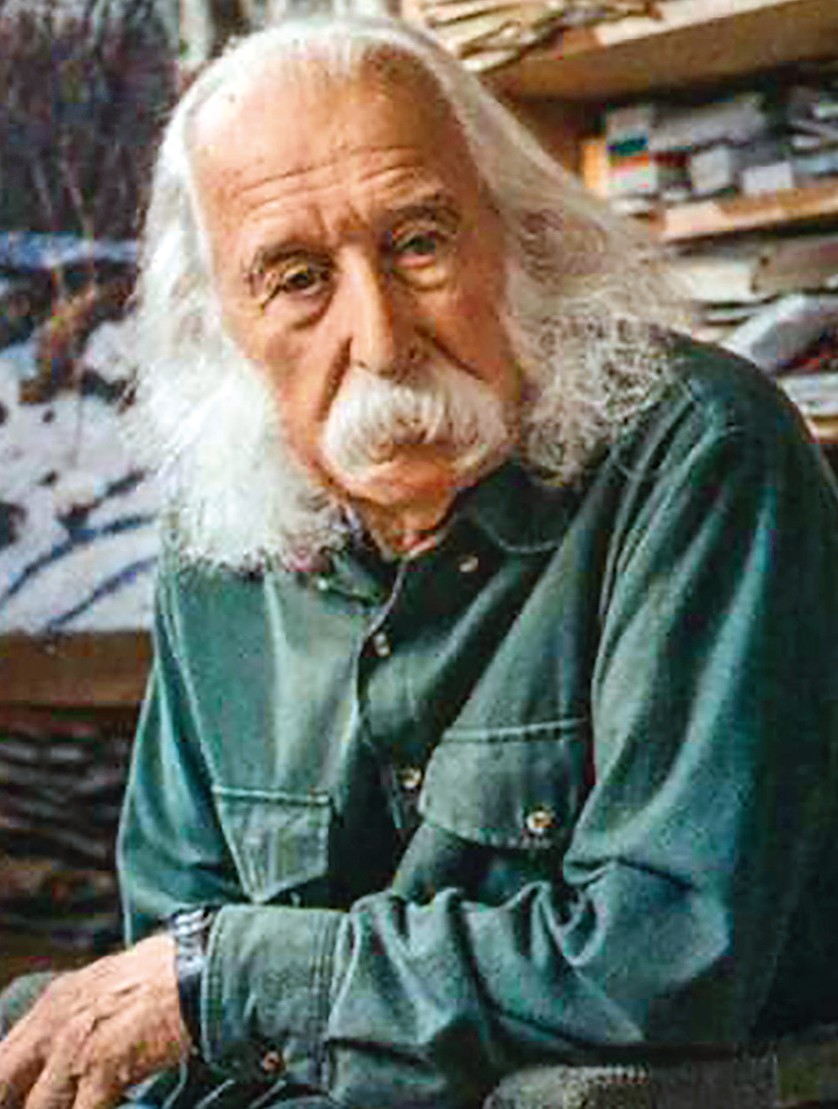
"People's Artist of Ukraine"
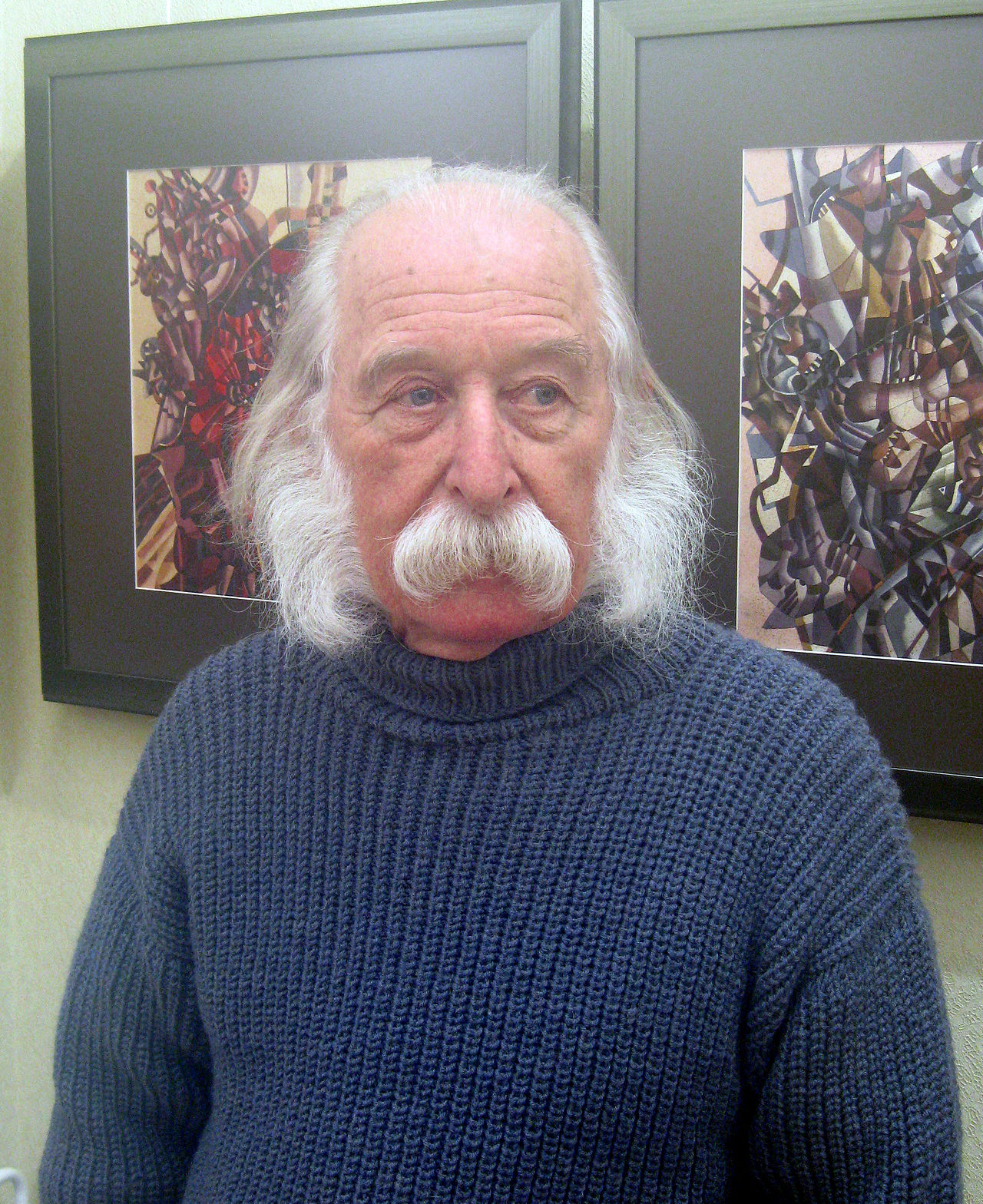
He was accepted into the Golden Guild
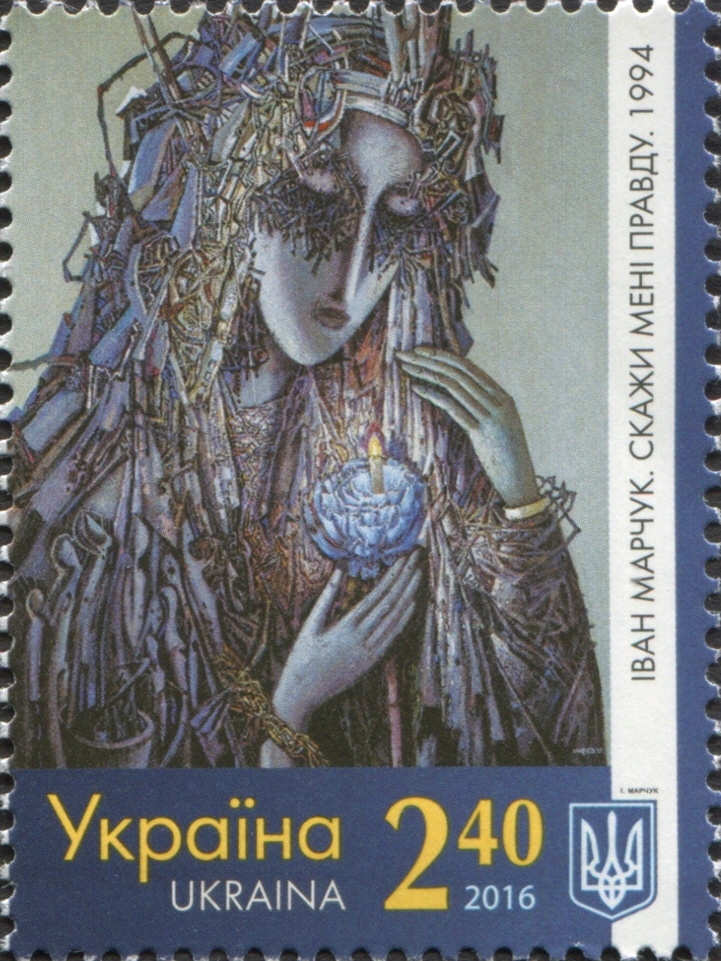
“One Hundred Geniuses of Modernity”
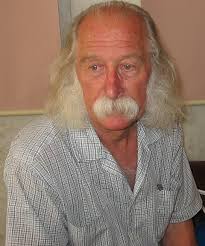
Ivan Marchuk
On Artist
flow
Pointillism
Post-impressionism
Symbolism
Modern
Art deco
Surrealism
Abstractionism
friends
Roman Selsky
artists
Ivan Shishkin
Arkhip Kuindzhi
Boris Ivanovich Plaksiy
Salvador Dali
Vincent Van Gogh
Paul Klee
By Artist
flow
Surrealism
Plantanism
friends
Roman Selsky
Danil Dovboshinsky
artists
Galina Sevruk
Sofya Petrovna Karaffa-Korbut
